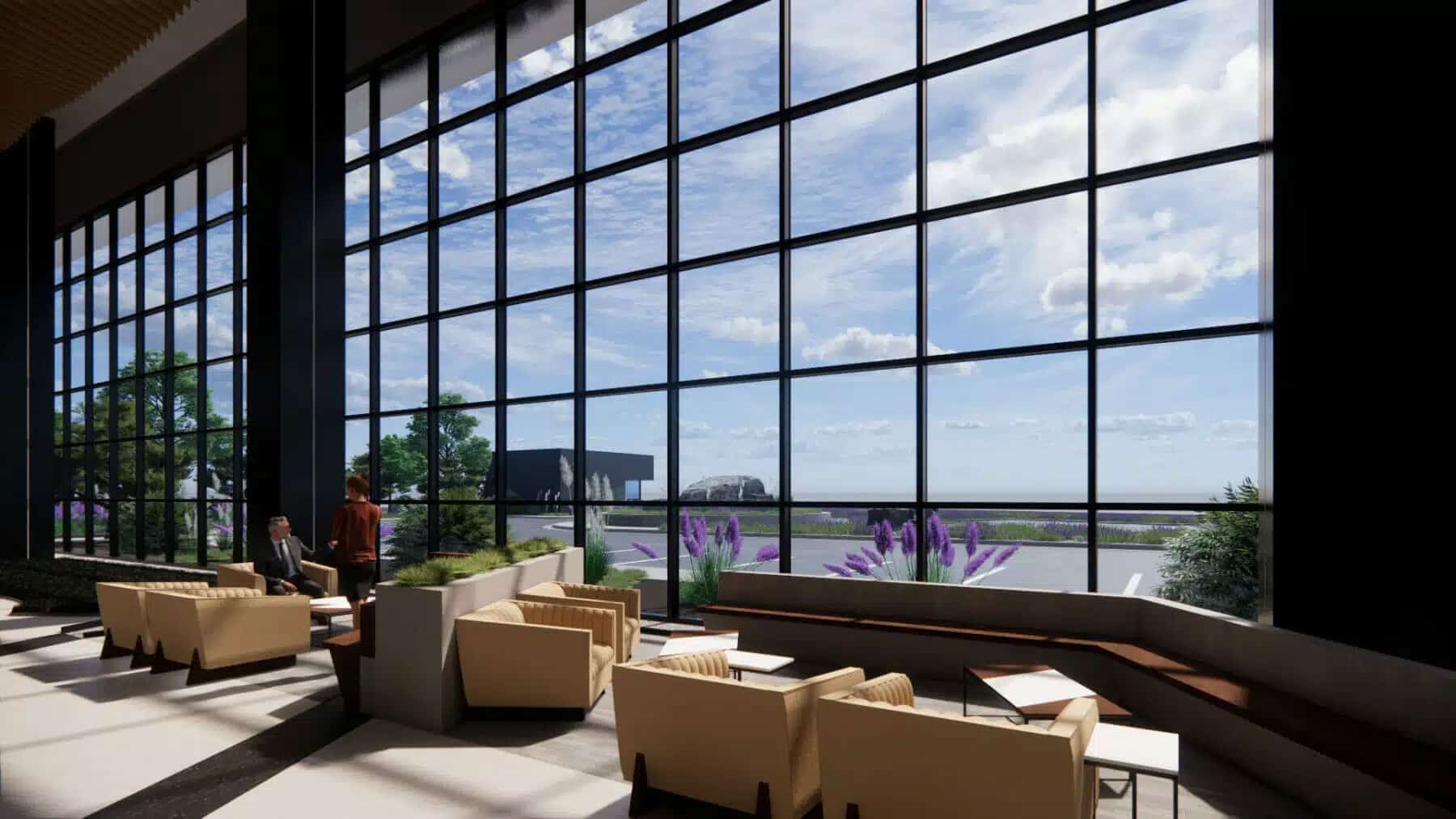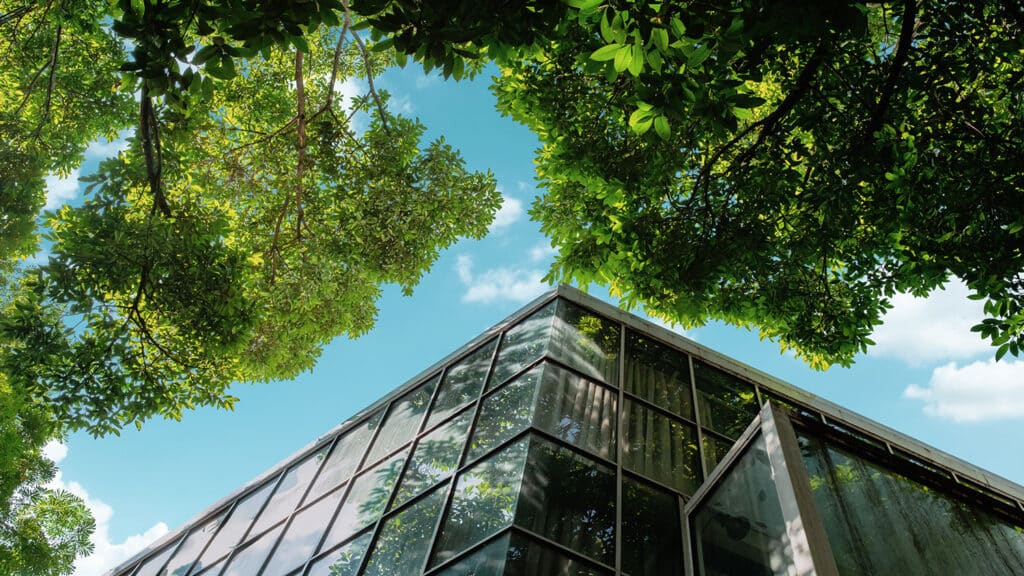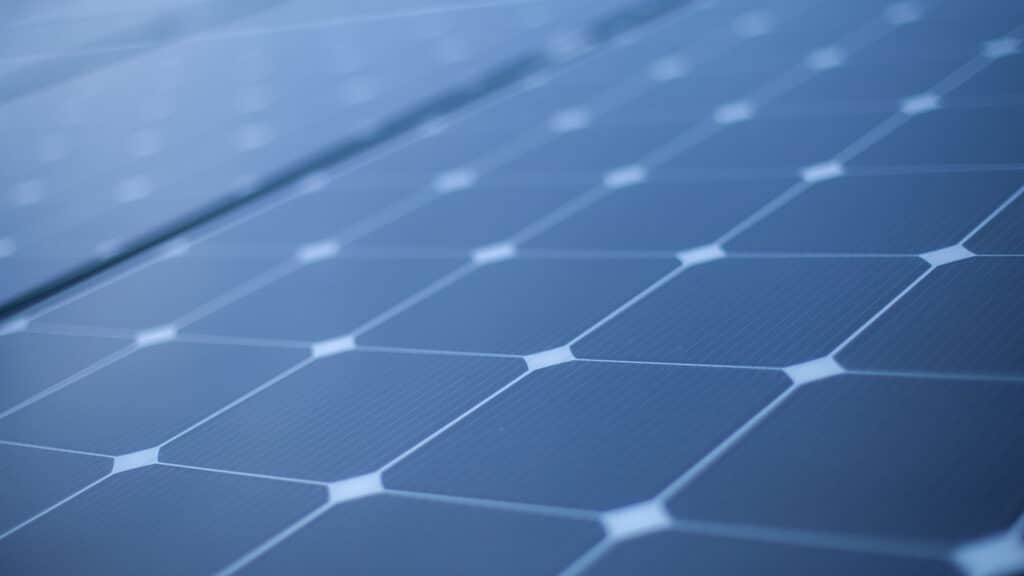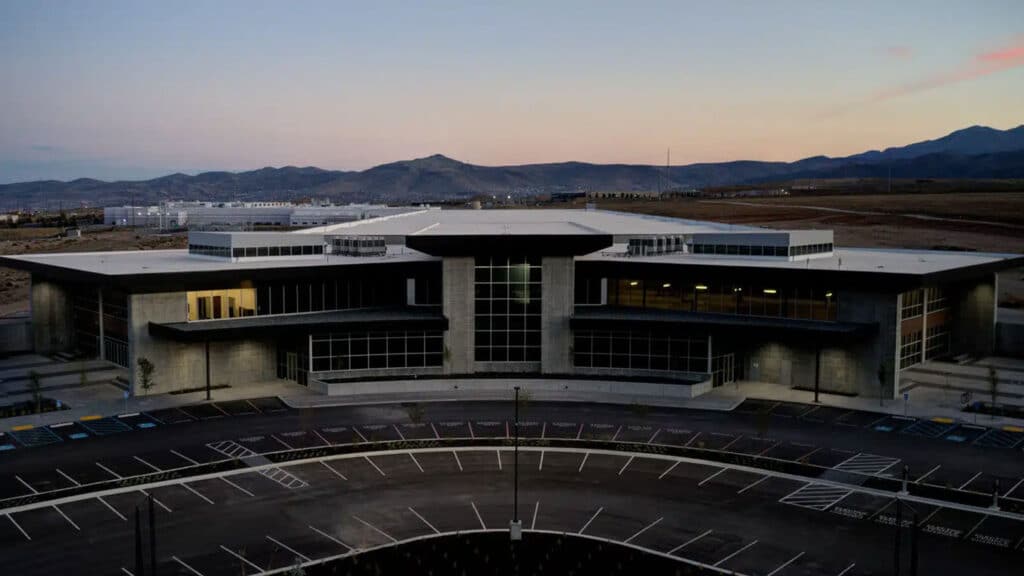Data processing and communication technologies have grown in recent years, leading to an incredible expansion in IT equipment and green data centers. In fact, it’s estimated that the overall consumption of data centers across the country is likely to reach 35GW by 2030, up from 17GW in 2022. The adoption of artificial intelligence is also increasing the rapid use of data centers, resulting in more power and cooling than many data centers can accommodate.
In addition, it’s estimated that data centers and transmission networks are responsible for 1% of energy-related greenhouse emissions. The increased use of data centers comes with the challenge of creating computational power for the world’s growing data needs without further harming the environment. To combat this energy use, green data centers have been implementing standards for managing and storing data, many of which we’ll discuss in this article.
Understanding Green Building Standards
Understanding the importance of applying sustainable practices and environmental responsibility is imperative. With the rise of green building certifications designed to reduce the ecological footprint of data centers, a few different rating framework systems have stood out. Private organizations have developed these rating frameworks and are not governmental regulations.
LEED: Leadership in Energy and Environmental Design
LEED is an acronym for Leadership in Energy and Environmental Design. The US Green Building Council (USGBC) developed this globally recognized green building certification program and provides a framework for constructing, designing, operating, and certifying environmentally responsible and resource-efficient buildings, such as sustainable data centers. It was the world’s first green building rating system that explicitly addresses data centers.
Data centers built using LEED standards are considered sustainable in every sense. They often include the following:
- Advanced cooling systems that reduce energy consumption, such as cooling outside air using evaporation and using cold air containment pods with variable fan speed flows.
- Reduce energy consumption that monitors power usage in real-time, leveraging analytics during operations to help allocate power judiciously.
- Use renewable energy resources, such as solar power.
- Improve cooling efficiency using a chilled water storage system.
- Install a clean backup power system that reduces emissions, fuel consumption, and noise pollution.
- Green construction is also a central element of LEED certification and often includes using recycled materials, purchasing local materials, and diverting construction waste.
BREEAM: Building Research Establishment Environmental Assessment Method
BREEAM is another widely recognized green building certification program used in the United Kingdom and many other countries around the world. Many data center leaders use BREEAM to achieve sustainability goals and improve the performance of assets. It assesses the sustainability performance of buildings across various categories.
BREEAM uses an assessment to recognize performance measures and evaluate a building’s specifications, construction, and use. That assessment includes energy and water use, management processes, internal environment, transport, pollution, waste, ecology, etc. Buildings are rated based on the above categories to receive a final rating.
Certification levels include Pass, Good, Very Good, Excellent, and Outstanding. Buildings certified under BREEAM demonstrate reduced environmental impact, improved water and energy efficiency, and enhanced indoor environmental quality. Data centers that have been BREEAM-certified demonstrate a commitment to environmental responsibility and sustainable building practices.
ISO 50001 Energy Management System
ISO 50001 Energy Management System is an international standard that guides data centers in creating energy-saving plans and targets. It helps organizations, including data centers, establish a framework for continuous improvement of energy performance, energy use reduction, and energy efficiency.
It provides a framework for organizations to develop a policy that supports:
- Fixing targets and objectives to meet the policy
- Developing a policy for more efficient energy use
- Measuring the results
- Using data to understand better and make decisions regarding energy use
- Continually improve energy management
- Review how well the implemented policies work
Green Globes
Like LEED and BREEAM, Green Globes is another green building certification system that assesses and rates the environmental performance of many buildings, including data centers. It provides a flexible and cost-effective alternative for developers and building owners seeking recognition for sustainable building practices.
Regarding data centers, Green Globes evaluates environmental performance, sustainability, and energy efficiency. It assesses buildings based on several categories: water, materials, energy, resources, indoor environmental quality, site and environmental impacts, and project management.
Like other certifications, it rates buildings based on the total points earned across categories. The levels usually range from one to four Green Globes, with four being the highest achievable level. Buildings certified using Green Globes have many advantages, including energy efficiency and environmental stewardship.
ENERGY STAR
This program for efficient data centers effectively assesses a building’s performance relative to similar facilities throughout the United States. It aims to provide a fair assessment of energy performance, especially after considering a certain property’s business activities, weather, and climate. A statistical analysis of the property is performed to analyze the significant factors of energy use and then normalize those factors.
The result of this analysis is an equation that predicts the property’s energy use. A benchmark score is rated for the property based on a 1-100 ENERGY STAR score based on their performance relative to other facilities. The higher the score, the better the energy efficiency. ENERGY STAR also provides tools, best practices, and resources for data centers to optimize their IT operations while encouraging continuous improvement for energy performance.
Green Data Center Certification Process
Introduced in 2008, the Green Data Center Certification process has seen annual growth rates of nearly 40%. It is an international standard for turning IT facilities into environmentally friendly places where cutting-edge environmental practices are adopted. The Green Data Center Certification Process is recognized by some of the largest technology companies in the world.
It evaluates the environmental impact of data centers by applying standards such as Energy Star Tier I, LEED certification, and ISO 50001 certification. It carefully looks at all aspects of the business and determines whether the building operations have a minimal environmental impact.
Why would a company want to certify its green data center and focus on data center sustainability? Doing so can lower operation costs, increase efficiencies, and reduce carbon emissions. To be certified as “green,” the data center must first undergo a review process to ensure they have met all required data.
Novva Data Centers: The Future of Sustainable Data Center Design
Sustainability and responsibility are essential. Novva Data Centers is a privately held data center emphasizing conservation and sustainability. Using ambient air and operating with a unique waterless cooling system, our data centers are engineered efficiently and sustainably.
Located in Salt Lake, Colorado Springs, Las Vegas, Tahoe Reno, and San Francisco, our data infrastructure and colocation services meet the unique demands of local, national, and international businesses, enterprises, and organizations. We offer private wholesale buildings, blended bandwidth solutions, autonomous client suites, turn-key data solutions, and water-free cooling. Learn more about Novva Data Centers’ sustainable practices. Contact us today!
FAQs
What are the differences between LEED and BREEAM?
LEED and BREEAM are two leading green building certification systems. LEED, developed in the U.S., focuses on performance-based metrics across energy, water, and materials. BREEAM, based in the U.K., uses a scoring system across categories like health, pollution, and waste. Both offer paths to sustainability, but differ in regional emphasis and methodology.
What are green building certifications?
Green building certifications recognize buildings that meet specific environmental and efficiency standards. For data centers, programs like LEED, BREEAM, ISO 50001, and Green Globes validate efforts to reduce energy use, cut emissions, and operate more sustainably. These certifications help showcase a commitment to long-term environmental responsibility.
What are the environmental standards for data centers?
Environmental standards for data centers include benchmarks for energy efficiency, emissions, cooling, and power management. Common frameworks include LEED, ISO 50001, ENERGY STAR, and ASHRAE guidelines. At Novva, we meet and exceed these standards with water-free cooling systems and renewable energy integration across all facilities.
What is a green data center?
A green data center is a facility designed to reduce environmental impact while delivering high performance. It typically features efficient power usage, smart cooling technologies, and renewable energy sources. Novva’s data centers go further—with innovative systems that minimize resource use without sacrificing reliability or scale.
What are the environmental benefits of green data centers?
Green data centers cut carbon emissions, reduce water and energy consumption, and generate less operational waste. They support global sustainability goals while improving efficiency and uptime. For clients, that means lower costs, higher compliance, and a reduced footprint—all backed by verifiable green standards.
Are green data centers good for business?
Absolutely. Green data centers reduce energy costs, support ESG goals, and offer a competitive edge with partners and investors. They’re also more efficient and resilient in the long run. At Novva, our sustainable infrastructure delivers serious business value—without compromising performance or scale.



